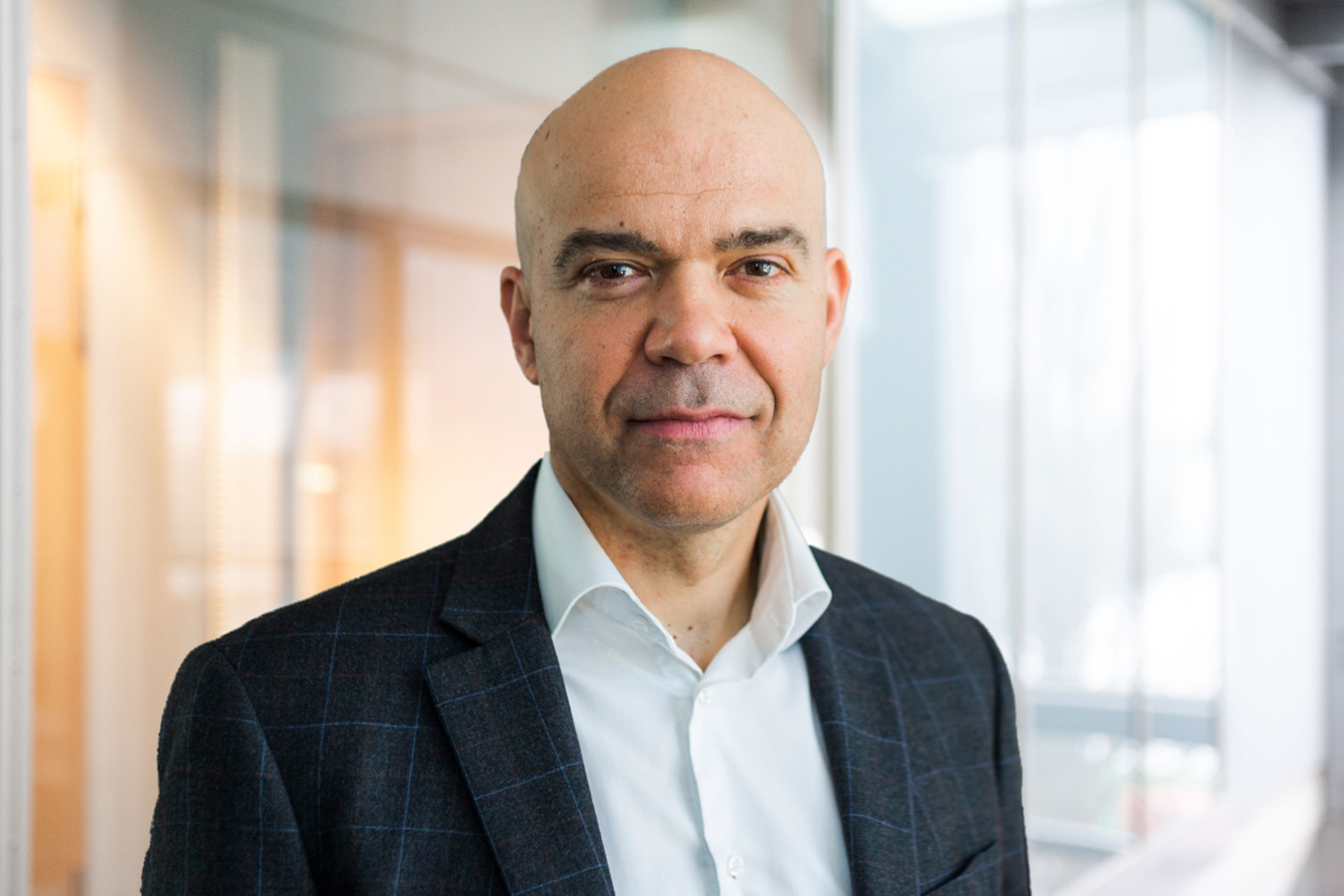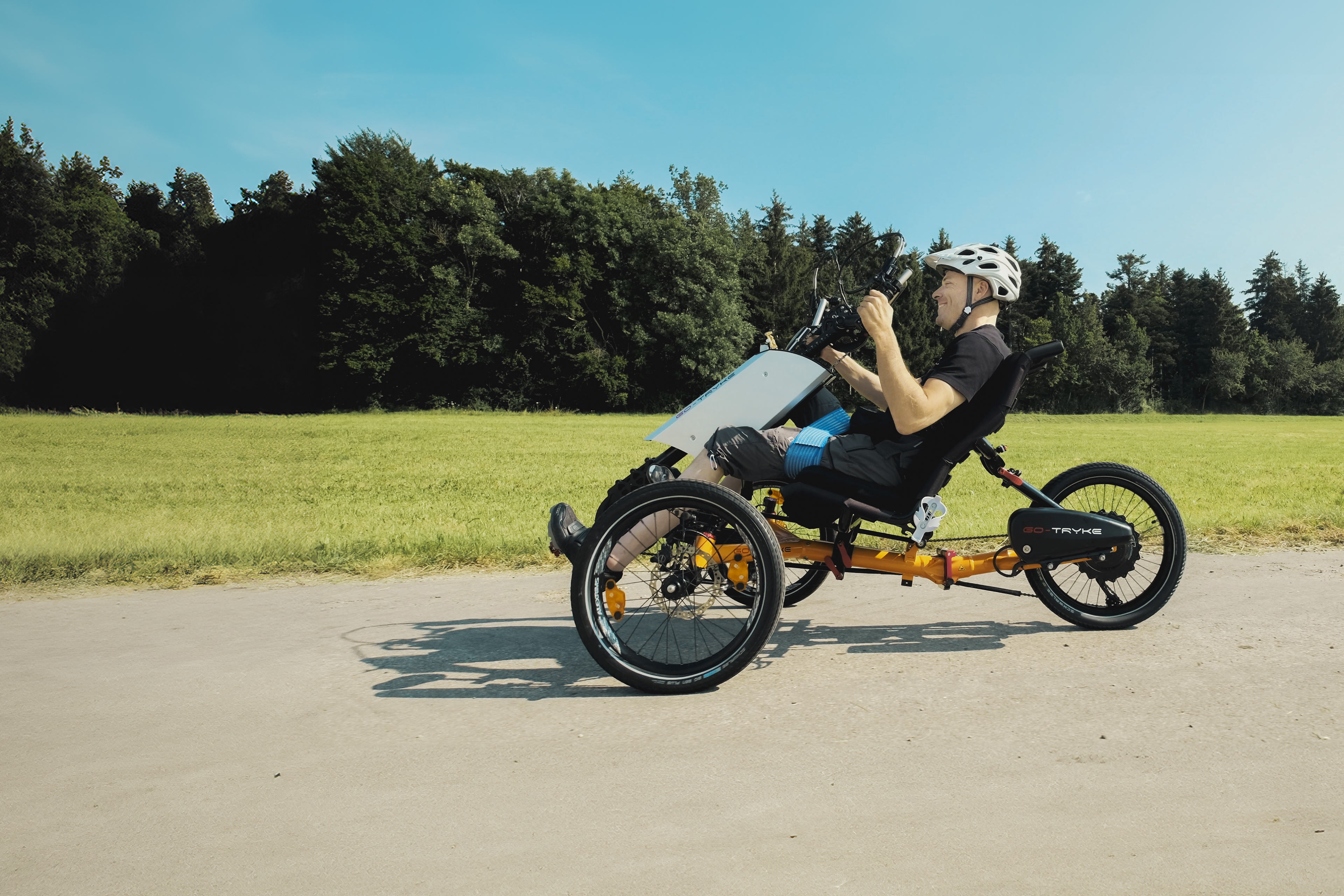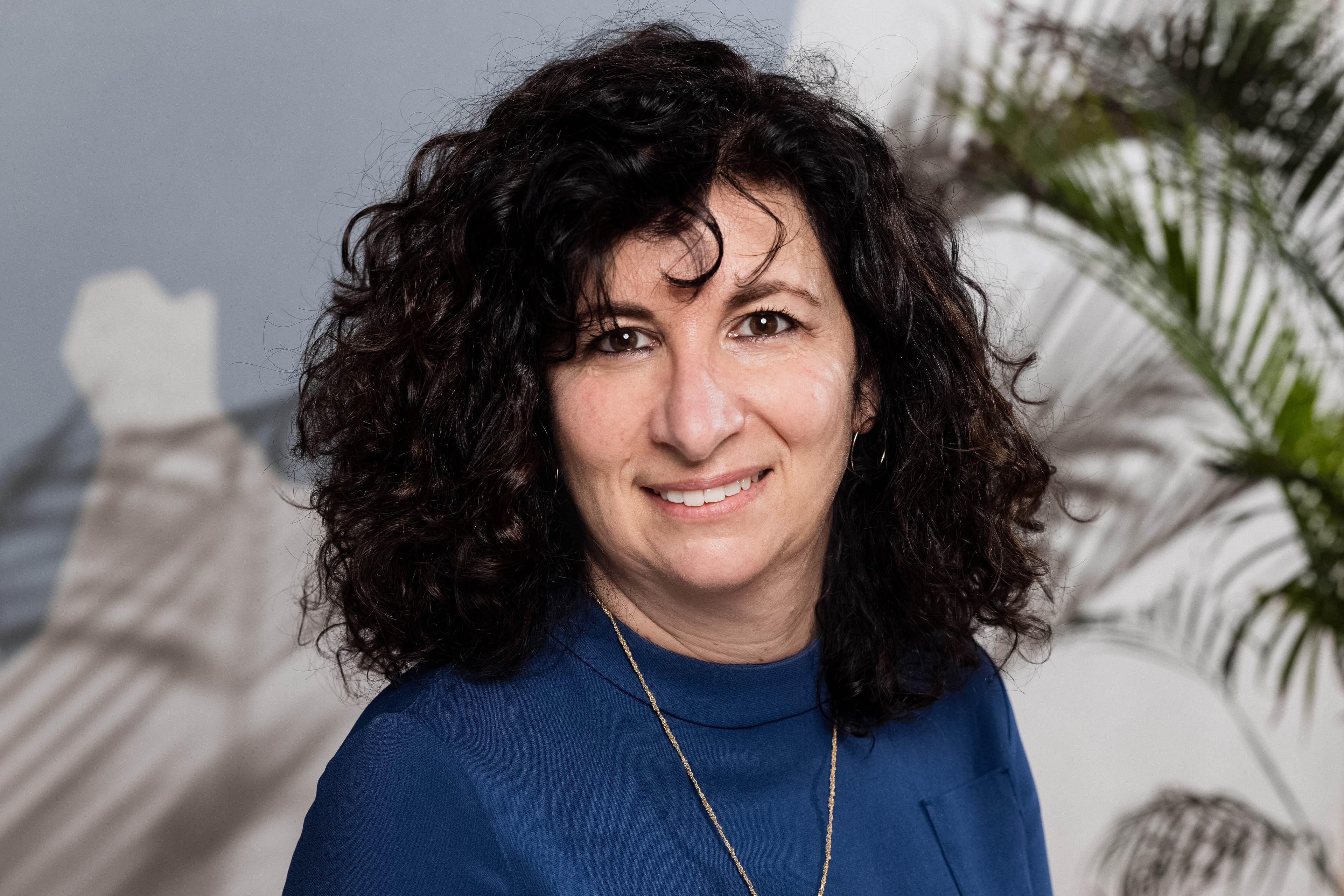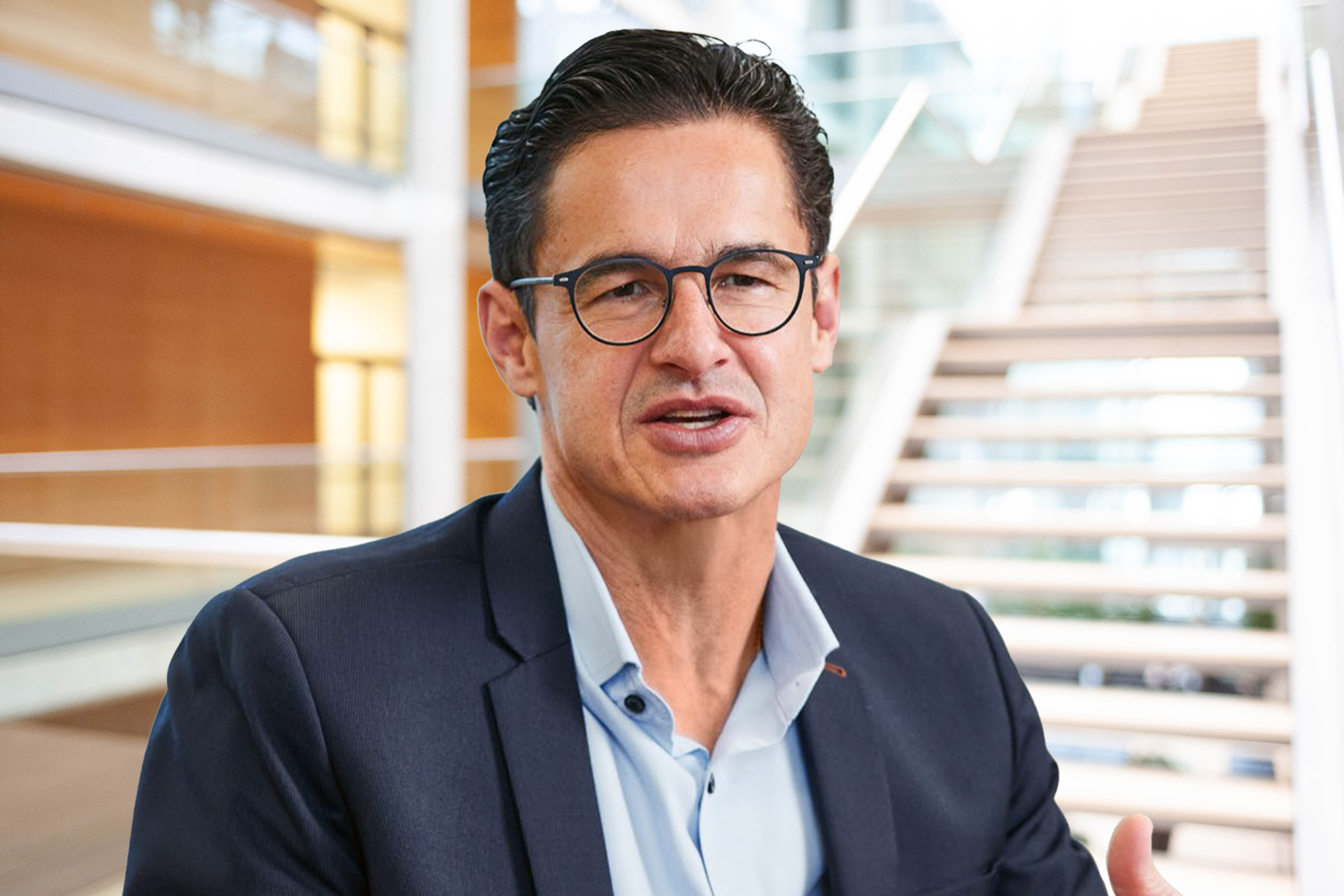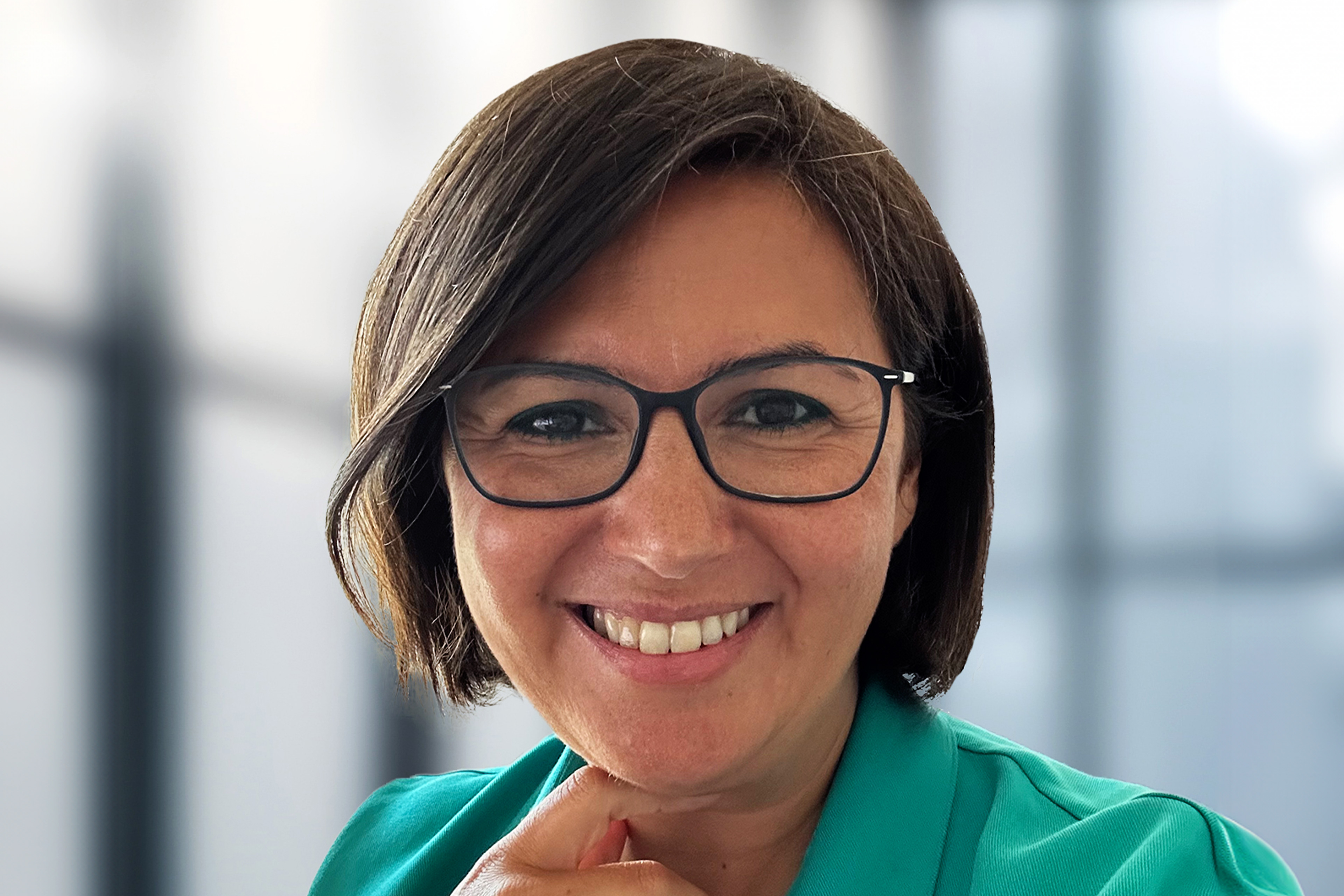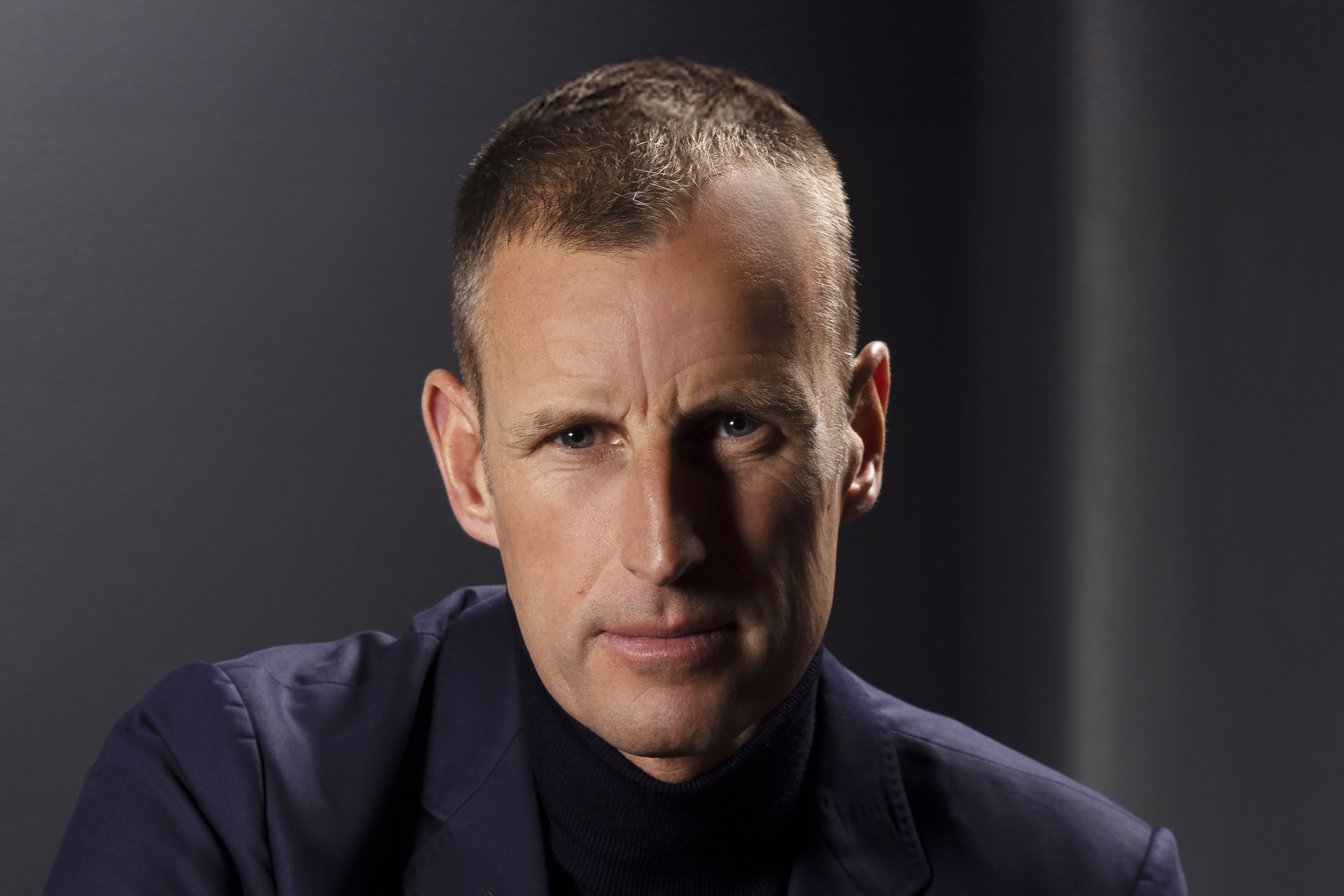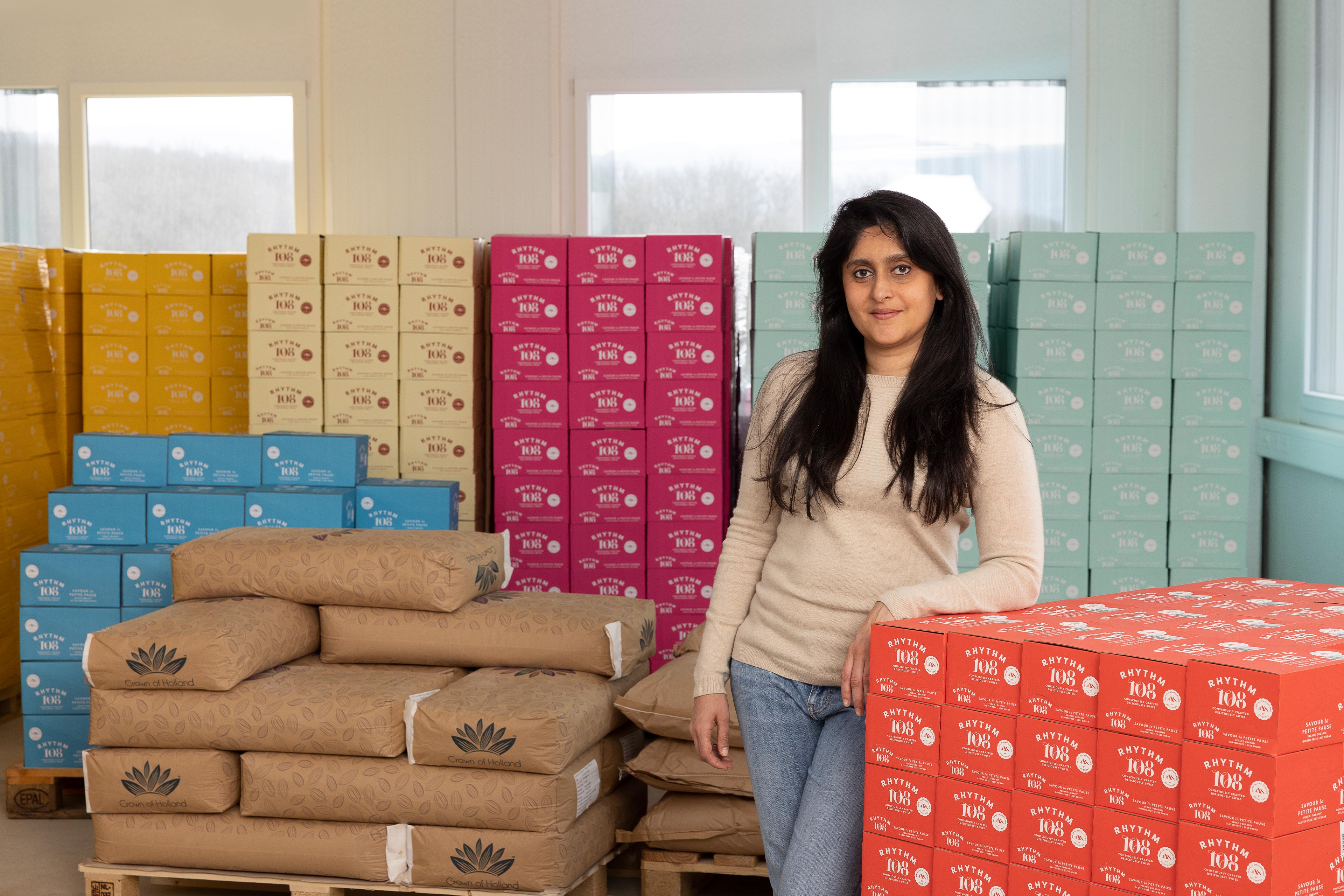EY refers to the global organization, and may refer to one or more, of the member firms of Ernst & Young Limited, each of which is a separate legal entity. Ernst & Young Limited is a Swiss company with registered seats in Switzerland providing services to clients in Switzerland.
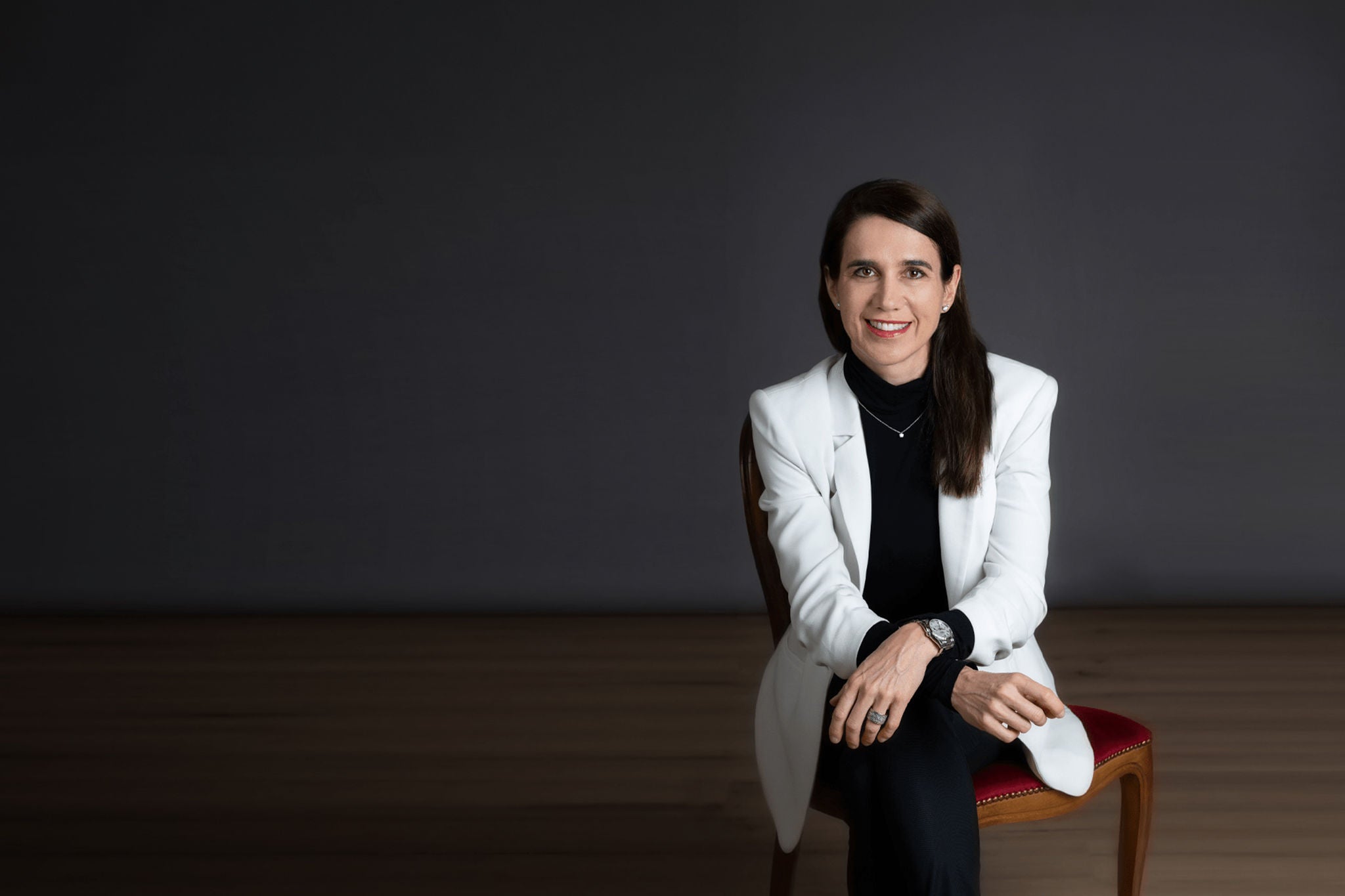
“Our focus is on what matters to the customer.
Monika Zihlmann
Monika Zihlmann is Vice President (VP) Global Digital Commercial Platforms at Smith+Nephew, a leading portfolio medical technology company focusing on the repair, regeneration and replacement of soft and hard tissue. With over 15 years in various commercial and digital roles, she combines medtech experience with digital expertise to deliver a seamless customer experience. She holds a PhD in Biomedical/Medical Engineering from ETH Zurich and an Executive MBA from the University of St. Gallen.
Monika Zihlmann, VP Global Digital Commercial Platforms at Smith+Nephew, discusses the trends and pressures shaping the medtech industry and explains why now is the time to embrace a multi-channel customer engagement model.
What are the key trends and challenges that you see in the medtech space today?
The industry is under pressure to reduce costs and achieve higher operational efficiency, which is triggering a need for profound transformation. In terms of business model, we already observe a shift from product company to service company, where the product is a component of the service. This is becoming the lever to differentiate from the competition.
As in other industries, the digital revolution is an unprecedented opportunity for medtech to better use data to understand customer and consumer needs and adjust strategy based on those insights. Real-time data also allows us to measure performance quicker and more accurately – and change course as needed. The digital trend is also reflected in customer expectations: people want a similar experience in all aspects of their life. I think this is partly due to the influence of other industries and especially following COVID, when so much took place digitally. Business-to-customer connections have become heavily digitalized with multi-channel interaction. This is the standard that customers now demand, forcing organizations to implement more personalized customer engagement.
The digital revolution is an unprecedented opportunity to better use data to understand customer needs and adjust strategy based on those insights.
Let us explore this last point a bit more. Is multi-channel digital interaction compatible with the medtech industry?
Medtech is an industry where the customer interacts with a device, but we interact with the customer face to face. In this respect it is a very traditional industry. However, customer behavior is changing. Our customers tell us that they want a touchpoint where they can find information around the clock, seven days a week. This digital push coincides with increased pressure on prices and margins. Like other industries, we are forced to change our go-to-market model to be more efficient.
This process takes time, though, because digital transformation is not just about buying software or a platform, it happens at the organizational level and through how people work. It involves cleaning up your processes, making sure that you take your people along on the journey. You cannot just leapfrog to the front. A better approach is to start with pilots and then take things from there.
What should be the focus of these early initiatives?
The data aspect and connecting platforms are very important. It is also critical that you think from the customer perspective. What is the interaction, what is the sequence? How does the customer want to be guided for a product? what is the buying process and what keeps the customer loyal to your platforms with your products?
Leveraging data, AI and all the innovation coming from better integrated data and customer experience is an opportunity to further develop the customer engagement model. This is not just about cost optimization, but about reinventing ways to connect with customers, communicate with them and have an impact on them.
This is not just about cost optimization, but about reinventing ways to connect with customers, communicate with them and have an impact on them.
Where does Smith+Nephew currently stand on its own customer engagement transformation journey?
Smith+Nephew has invested to improve the customer engagement model quite significantly in the last two to three years – across business units and markets. We started relatively late with relationship management in the digital space. The advantage, though, is that you can really build something consciously. We are still at the very early stages and it will take a couple of iterations until we get where we want to be. We have started with pilots and are now constantly learning and improving.
Our focus has been on radically transforming the customer engagement from every perspective. We have invested in technology within marketing, sales and services to be closer to our customers. We took the momentum of COVID and established expertise in digital marketing to communicate in a multi-channel environment based on customers’ needs and requirements. In the process, we reduced the number of campaigns, but planned and executed them in a more end-to-end way and integrated them in our backend systems. The ultimate goal is to hand over hot leads to the sales organization directly in our CRM. It sounds easy but, for us, it already marked a major step in our transformation.
We took the momentum of COVID and established expertise in digital marketing to communicate in a multi-channel environment.
How can you sustain the evolution and transformation of the customer engagement model so that it is sustainable and scalable?
It is vital that that systems are not launched in silos. You need to build interfaces between them to achieve seamless integration of your data front to back. In this way you can also collect big data, apply artificial intelligence and use machine learning. For us, as a relative newcomer to the transformation, it was an opportunity to build all this connectivity on the global level in the right way, right from the start, to leverage and scale up faster.
Finally, what are your priorities for Smith+Nephew over the next three years?
Although we have made good progress at Smith+Nephew, our transformation journey is still very much under way and we have a lot of work to do, a lot to learn. I think we are well positioned to provide a seamless buying experience for our customers with personalized information. Our focus is on what matters to the customer. By connecting systems and platforms, we will create a digital thread that ties together the different phases of the buying journey. At the same time, relevant data and insights will empower our sales and marketing organization to make data-based decision making.
I believe that large-scale platforms are the way forward. They need to be scalable, but with the ability to check and adjust the business model for each country and business unit. These tweaks help sales reps and customers feel supported by what they see in their own country. Especially in Europe, there are big differences between countries and it is important to accommodate that, not least from a legal and compliance perspective.
Featured articles and interviews
Sebastian Tobler, Co-founder and CEO of GBY SA
Sebastian Tobler is co-founder and CEO of GBY SA, which has developed a new approach for the rehabilitation of people with reduced mobility. An automotive engineer by training and trade, Sebastian Tobler’s life took a new direction when a bike accident left him paralysed. Alongside his entrepreneurial activities, he heads the SCI-Mobility Lab as Professor at the Bern University of Applied Sciences.
Originally from Naples where she grew up and studied physics, Luciana Vaccaro moved to Switzerland in 1996 to complete a PhD in microengineering at EPFL. She held various positions in research and education at the universities of Neuchâtel and Lausanne before heading the Grant Office at EPFL. In 2013 she took the reins of HES-SO as rector. Last October, Luciana Vaccaro was elected president of the umbrella organization swissuniversities and started in her new position on 1 February.
Francisca Obrecht, Weingut Obrecht
Peter Rupp grew up in Sargans, Switzerland, around 20km south of the Hilti headquarters in Liechtenstein. He studied Economics in St. Gallen, then took a post-graduate degree in Engineering in Winterthur.
Peter Rupp grew up in Sargans, Switzerland, around 20km south of the Hilti headquarters in Liechtenstein. He studied Economics in St. Gallen, then took a post-graduate degree in Engineering in Winterthur.
Serra Bicak is Senior Vice President Reckitt Africa Middle East at Reckitt Hygiene. She has lived and worked in eight different countries for various roles during her career in fast-moving consumer goods. Serra Bicak is passionate about diversity, equity and inclusion (DE&I) and leads Reckitt Hygiene’s gender balance program.
Patrick Pruniaux, Chairman & CEO of Sowind Group
Patrick Pruniaux has a background in business administration and began his career in the watch industry at TAG Heuer. Always fascinated by innovation, he joined Apple in 2014 and oversaw the launch of the Apple Watch. Following a move to Kering in 2017, he managed the Ulysse Nardin and Girard-Perregaux watch brands. In 2022, Patrick Pruniaux spearheaded the historic management buyout and now serves as CEO of these two brands within Sowind Group.
Siddhi Mehta, founder and CEO of Rhythm 108, talked to us about sustainability, craftmanship – and how her company combines heritage and innovation to take the Swiss chocolate tradition into the future.
Judith Häberli, CGO and co-founder of Urban Connect as well as EY Entrepreneur Of The Year™ 2023 Switzerland winner in the category "Emerging Entrepreneur", shares her motivation for starting a corporate mobility platform and explains why real change only happens when companies work together.
Thomas Fürer has served ABB for 22 years, including 14 years in his current role as Group Head of Tax. A Certified Swiss Fiduciary Expert and Certified Swiss Tax Expert, he takes a keen interest in technology and digitalization in the tax function and beyond.
As Country Managing Partner at EY in Switzerland, Stefan Rösch-Rütsche leads the Swiss practice with more than 2,300 employees. Stefan is passionate about building diverse teams, supporting inclusive growth, empowering employees and activating the full potential of EY in order to collectively deliver the best client experience possible. Especially now during these uncertain and challenging times.



